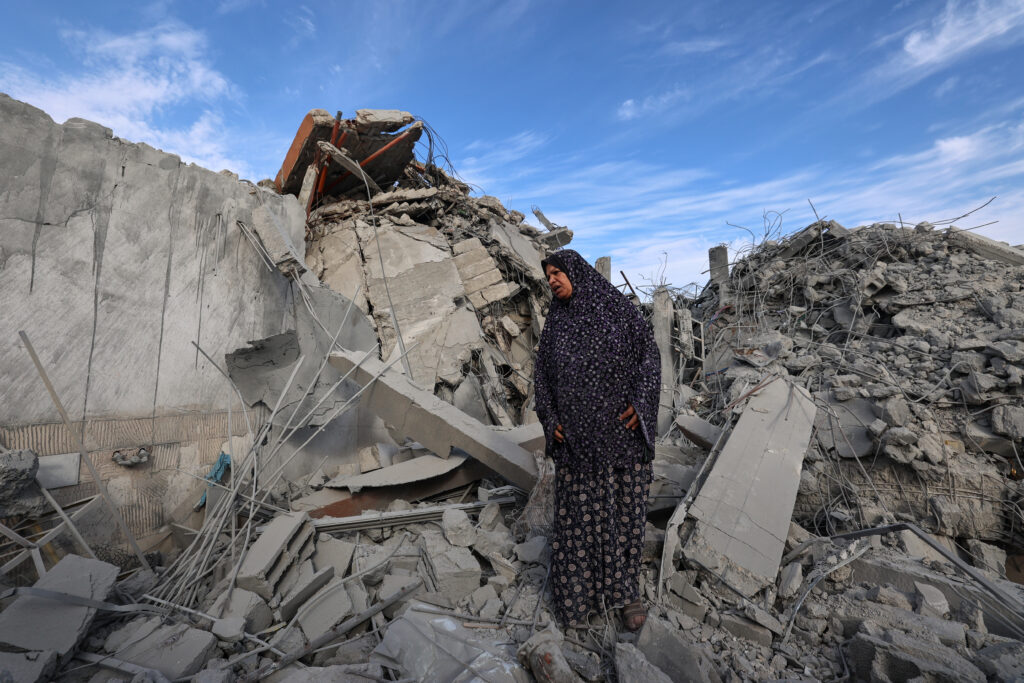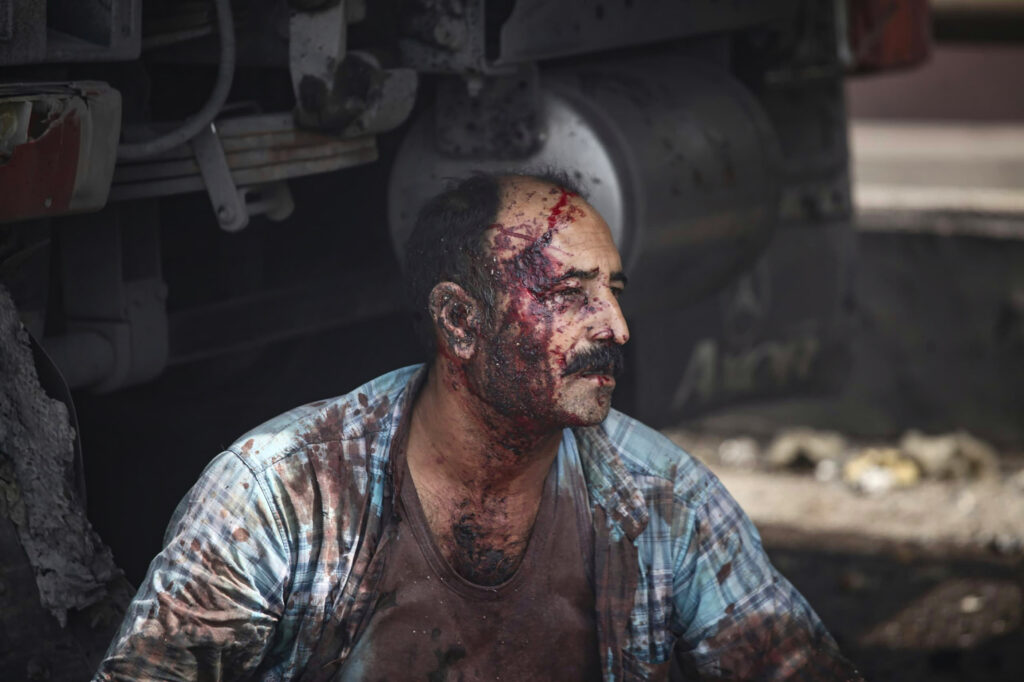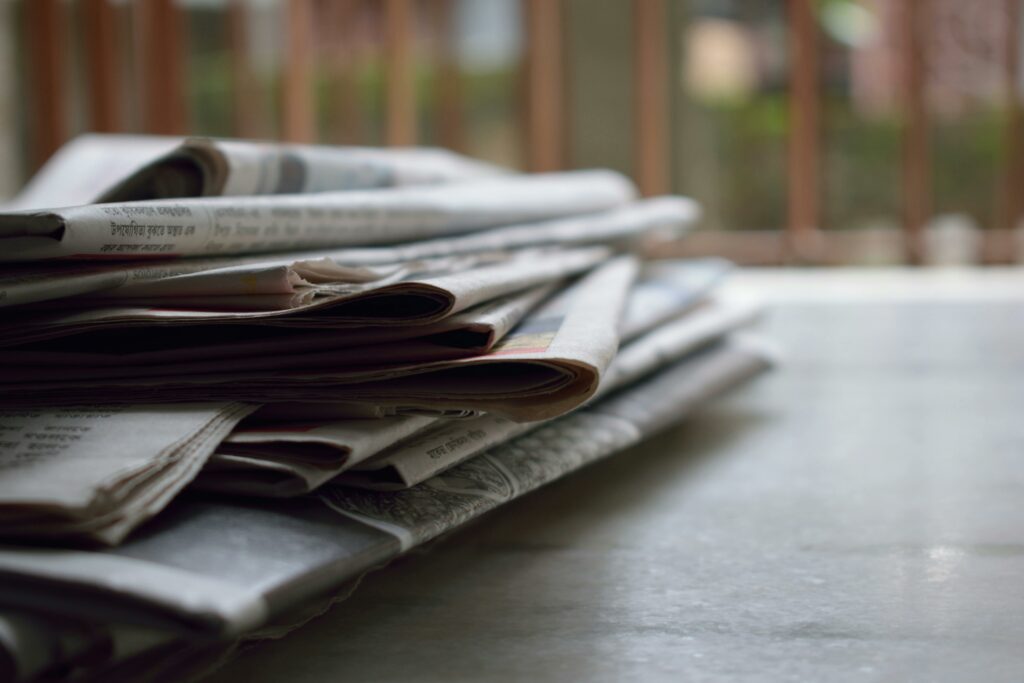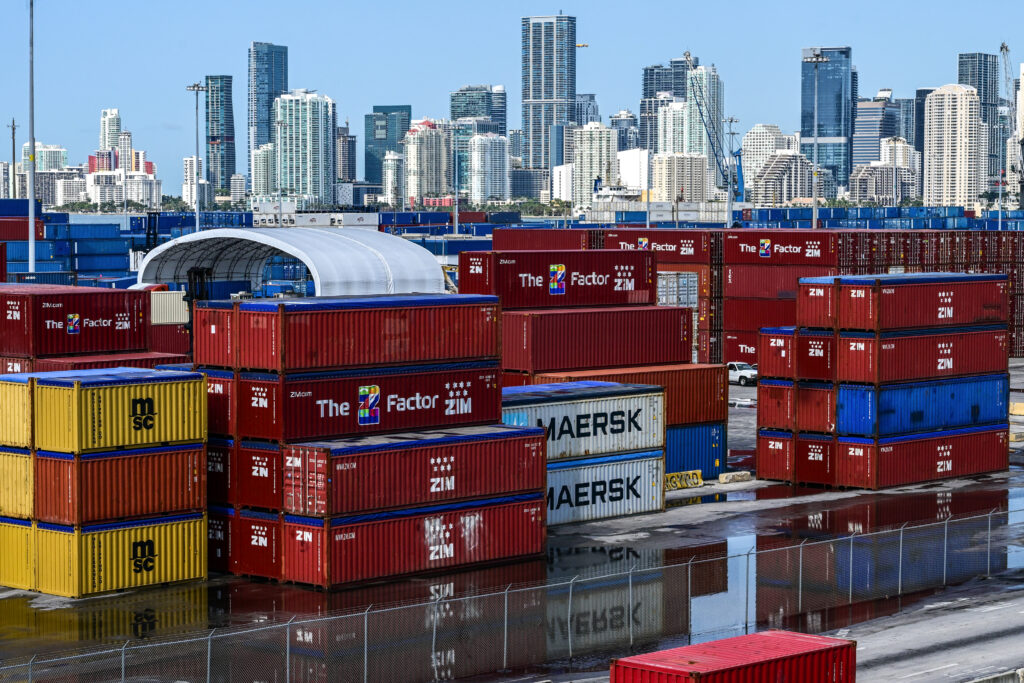Gaza ministry says hundreds of war missing confirmed dead, toll at 52,243
The health ministry in Hamas-run Gaza announced Sunday that the death toll from the war had risen to more than 52,000 people, after hundreds previously listed as missing were confirmed dead.”An additional 697 martyrs have been added to the cumulative statistics after their data was completed and verified by the committee monitoring missing persons,” the health ministry said in a statement, giving the overall toll of 52,243.Several United Nations agencies that operate in Gaza have said the ministry’s data is credible and they are frequently cited by international organisations.One hospital in the Palestinian territory confirmed the data and elaborated on the process.”The families of those initially reported missing had informed authorities of their disappearance, but their bodies were subsequently recovered -— either from beneath the rubble or from areas previously inaccessible to medical teams due to the presence of the Israeli army,” said Khalil al-Daqran, spokesman for Al-Aqsa Martyrs Hospital.He said the ministry’s release of the 697 figure came after a “judicial committee” that collects and checks data completed its documentation, “confirming their martyrdom and transferring their status from missing persons to martyrs.”When asked why such a large number was announced simultaneously, the Hamas government’s Media Office in Gaza explained that statistics are released periodically.It is not the first time the health ministry has made such a revision.”Because the judicial committee issues its report periodically rather than daily. They follow their own procedural protocols, and once their report was finalised, it was officially adopted,” Ismail al-Thawabta, director general of the Media Office, told AFP.With Gaza largely in ruins after more than 18 months of war, the health ministry has struggled to count the death toll.Israel has repeatedly questioned the credibility of the daily figures put out by the ministry, criticising the Gaza authorities for failing to distinguish between combatants and civilians.But neither the Israeli military nor top Israeli officials have denied the scale of the overall toll.Earlier this year, Israel and Hamas agreed to a truce, which began on January 19, but collapsed two months later on March 18 due to disagreements over the next phase of the deal.Since then, Israel has resumed its military campaign in Gaza, resulting in at least 2,151 additional deaths.




